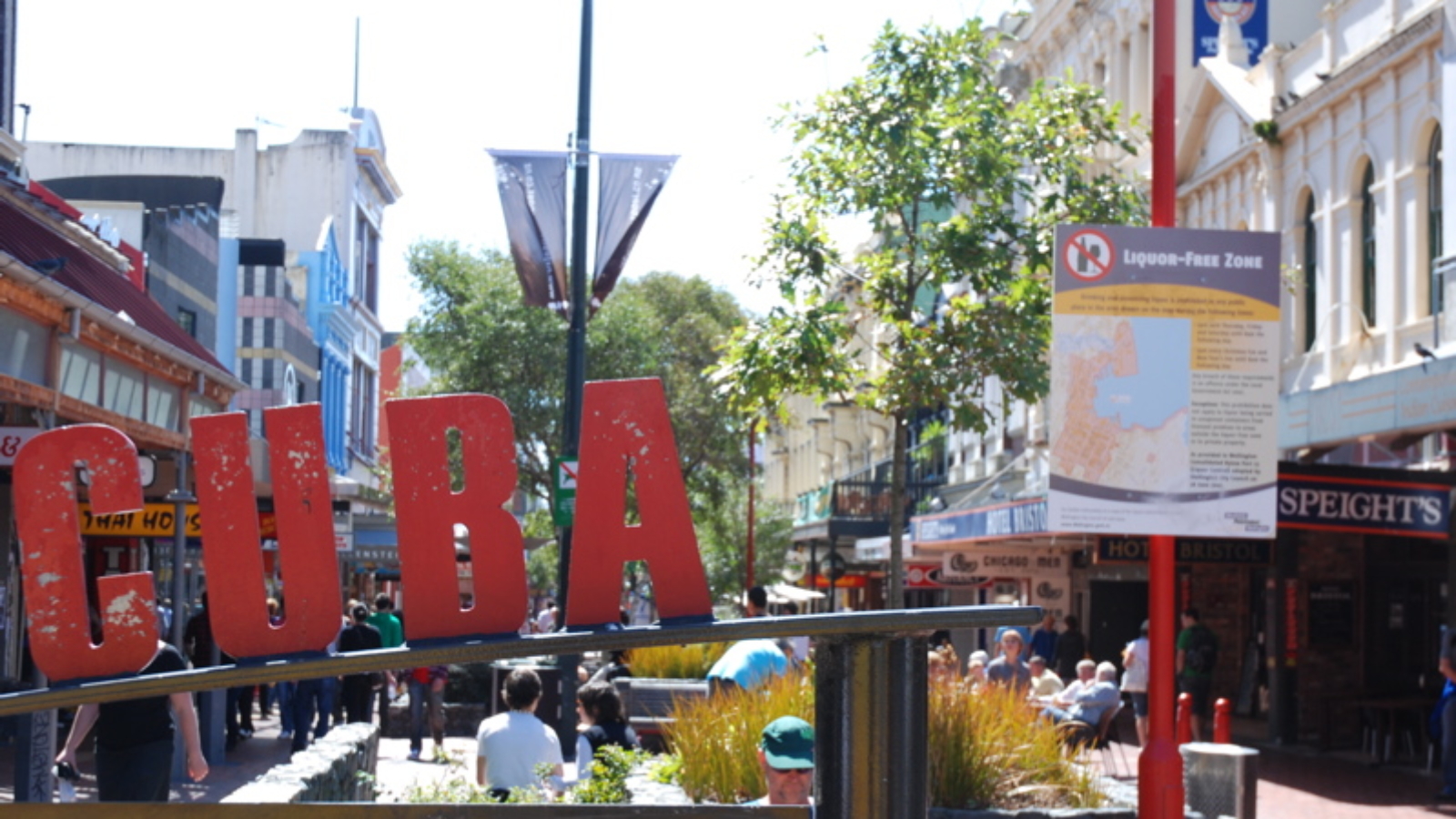By Renata Keller
Cuba’s international profile is on the rise. In recent years, Raúl Castro has set Cuban foreign policy on a promising path toward greater political and economic engagement with the rest of the world. While the mending of ties with the United States is the most significant evidence of this shift, it is only one among many indications that Cuba is ascending.
Cuban foreign policy has departed significantly from the time when the country’s leaders sacrificed state-to-state relations in favor of supporting revolutionary movements across Latin America and then Africa. Energized by their victory over Fulgencio Batista in 1959, Fidel Castro and other Cuban revolutionaries gave limited support to various movements that sought to unseat other Latin American dictators in the early 1960s. Thousands of revolutionaries from around the world matriculated through Cuban guerrilla training schools. One of the foremost heroes of the Cuban Revolution, Che Guevara, was killed in 1967 while trying to spark an uprising in Bolivia. Before he died, Che greatly contributed to establishing Cuban ties with rebel groups and independence fighters in Algeria, Zaire, Guinea-Bissau, and the Congo.
Nowadays, Cuba sows peace instead of revolution. The best example of this is the role of Cuba in Colombia’s peace negotiations. Since November 2012, Havana has been playing host to the protracted negotiations between Colombia’s government and the country’s largest rebel group, the Revolutionary Armed Forces of Colombia (FARC). When the talks stalled this past summer, Cuba, along with Norway, Chile, and Venezuela, issued a public plea for both sides to cease their attacks and return to the negotiating table. In mid-September, Colombian president Juan Manuel Santos and FARC leader Timochenko made a breakthrough by setting a six-month deadline to end the war that has been raging for more than half a century. Photographs of the event show Raúl Castro holding the two leaders’ hands together in what will hopefully turn out to be a historic handshake.

Cuba has also recently begun to adjust its economic relations with the rest of the world. As Cuba joined the communist bloc in the early 1960s, its previous partnerships with much of the rest of the Western Hemisphere contracted significantly. Most countries in the Americas joined the United States in cutting diplomatic and economic relations with the island. Even Mexico, which maintained diplomatic relations with Cuba, curtailed its trade. Fidel Castro turned to the Soviet Union to replace the United States as Cuba’s major economic partner, and by the 1970s Cuba had adopted the Soviet style of central planning and become fully integrated into the Soviet-bloc Council for Mutual Economic Assistance (COMECON).
The Castro brothers began the slow process of transforming Cuba’s economy even before the Soviet Union came crashing down in the early 1990s. In 1986, Fidel announced that Cuba would undergo a process of “rectification” to improve economic efficiency and revive revolutionary zeal on the island. Under Raúl’s direction, the Cuban military supervised the earliest changes. Military officials attended business schools in Canada and across Europe, then introduced capitalist business practices to some three thousand Cuban state enterprises on an experimental basis. After the collapse of the Soviet Union and COMECON put an end to the foreign subsidies that had propped up the Cuban economy, the Cuban leadership passed a new constitution in 1992 that allowed for further limited economic reforms. Under the new constitution and in subsequent laws passed in 1995, joint foreign ventures gained the ability to own property in Cuba, and all sectors of the Cuban economy except for public health, the armed forces, and education became officially open to foreign investment.
Cuba’s latest steps toward economic opening are a continuation of these cautious efforts to integrate limited market reforms and foreign investment within a socialist framework. Cuba’s tourism sector has seen rapid growth in the past two decades, thanks to Spanish and other European investments in the hotel and resort industry. Visitors from Canada, Europe, South America, China, and Japan have poured money into Cuba’s coffers and increased Cuba’s ties with the rest of the world on a person-to-person basis. With Brazil’s financial help and Singapore’s managerial assistance, Cuba has undertaken a $1 billion dollar modernization project at the port of Mariel that includes the establishment of a free trade zone. Hundreds of foreign companies from around the globe have reportedly applied for permits to operate there. So far, only five companies—two from Mexico, two from Belgium, and one from Spain—have received permission from the Cuban government to invest in Mariel, but the approval process is continuing at a steady pace. Cuban officials are even inviting U.S. companies like General Motors and Microsoft to visit the new port facilities and become involved in the free trade zone, in spite of the remaining U.S. restrictions. Many U.S. investors and businesses are eager to accept Cuba’s invitation and are pressing Congress to lift the embargo. Politicians like New York governor Andrew Cuomo have also visited the Mariel free trade zone and shown support for the effort to increase economic ties between the United States and Cuba.
Over the course of more than two decades, Cuba has been undergoing a process of transformation that has increased the island’s prominence in world affairs. The rapprochement with the United States must be understood as a result, not a catalyst, of this slow and continuing transformation. Barack Obama and other policymakers who seek to improve U.S. relations with the island are wise to reach out to our estranged neighbor on the rise.
*****
*****
Renata Keller is an Assistant Professor of International Relations at the Boston University Pardee School of Global Studies. She is the author of Mexico’s Cold War: Cuba, the United States, and the Legacy of the Mexican Revolution.
[Photos courtesy of Wikimedia Commons and MacroPress]
